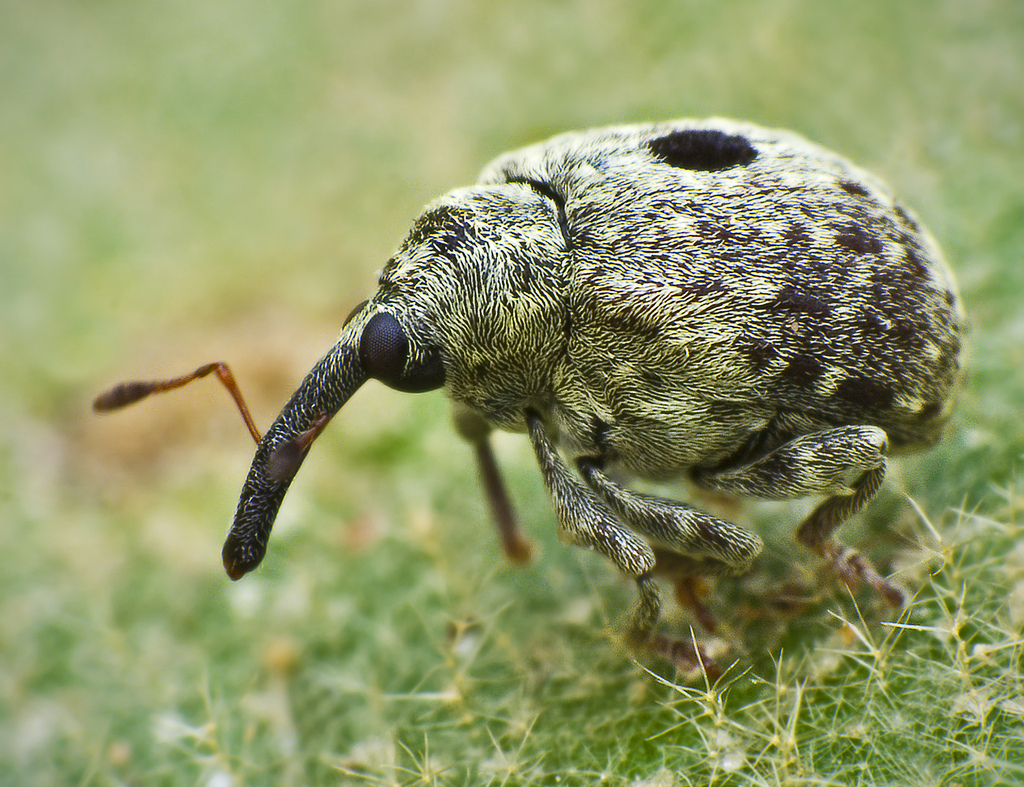|
Cionomimus
''Cionomimus'' is a genus of true weevils in the beetle family Curculionidae. There are about 10 described species in ''Cionomimus''. Adults are associated with ''Phoradendron'' plants, feeding on their reproductive organs. Species These 10 species belong to the genus ''Cionomimus'': * '' Cionomimus bimaculatus'' Anderson, 1997 * '' Cionomimus burkei'' Anderson, 1994 * '' Cionomimus championi'' Burke, 1981 * '' Cionomimus clarki'' Anderson, 1994 * '' Cionomimus dietzi'' Burke, 1981 * ''Cionomimus grossus'' Anderson, 1994 * '' Cionomimus hansoni'' Anderson, 1997 * '' Cionomimus insolens'' (Dietz, 1891) * '' Cionomimus obrieni'' Anderson, 1994 * '' Cionomimus woodi'' Anderson, 1994 c Data sources: i = ITIS, c = Catalogue of Life, g = GBIF, b = Bugguide.net References Further reading * * * * External links Curculioninae Articles created by Qbugbot Curculionidae genera {{Curculioninae-stub ... [...More Info...] [...Related Items...] OR: [Wikipedia] [Google] [Baidu] |
Cionomimus Insolens
''Cionomimus insolens'' is a species of true weevil in the beetle family Curculionidae. It is found in North America North America is a continent in the Northern Hemisphere, Northern and Western Hemisphere, Western hemispheres. North America is bordered to the north by the Arctic Ocean, to the east by the Atlantic Ocean, to the southeast by South Ameri .... References Further reading * * External links * Curculioninae Articles created by Qbugbot Beetles described in 1891 {{Curculioninae-stub ... [...More Info...] [...Related Items...] OR: [Wikipedia] [Google] [Baidu] |
Curculionidae
The Curculionidae are a family of weevils, commonly called snout beetles or true weevils. They are one of the largest animal families with 6,800 genera and 83,000 species described worldwide. They are the sister group to the family Brentidae. They include the bark beetles as the subfamily Scolytinae, which are modified in shape in accordance with their wood-boring lifestyle. They do not much resemble other weevils, so they were traditionally considered a distinct family, Scolytidae. The family also includes the ambrosia beetles, of which the present-day subfamily Platypodinae was formerly considered the distinct family Platypodidae. Description Adult Curculionidae can be recognised by the well-developed, downwards-curved snout (Rostrum (anatomy), rostrum) possessed by many species, though the rostrum is sometimes short (e.g. Entiminae). They have elbowed Antenna (biology), antennae that end in clubs, and the first antennal segment often fits into a groove in the side of the rost ... [...More Info...] [...Related Items...] OR: [Wikipedia] [Google] [Baidu] |
Phoradendron
''Phoradendron'' is a genus of mistletoe, native to warm temperate and tropical regions of the Americas. The center of diversity is the Amazon rainforest.Coder, K. DAmerican mistletoe (''Phoradendron serotinum'' var. ''serotinum'') infection in trees.WSFNR08-25. Tree Health Series. University of Georgia. 2008. ''Phoradendron'' is the largest genus of mistletoe in the Americas, and possibly the largest genus of mistletoes in the world. Traditionally, the genus has been placed in the family Viscaceae, but recent genetic research acknowledged by the Angiosperm Phylogeny Group shows this family to be correctly placed within a larger circumscription of the sandalwood family, Santalaceae. They are woody hemi-parasitic shrubs with branches long, which grow on other trees. The foliage is dichotomously branching, with opposite pairs of leaves; these are fairly large, long, green and photosynthetic in some species (e.g. ''P. leucarpum''), but minimal in some others (e.g. ''P. califo ... [...More Info...] [...Related Items...] OR: [Wikipedia] [Google] [Baidu] |


